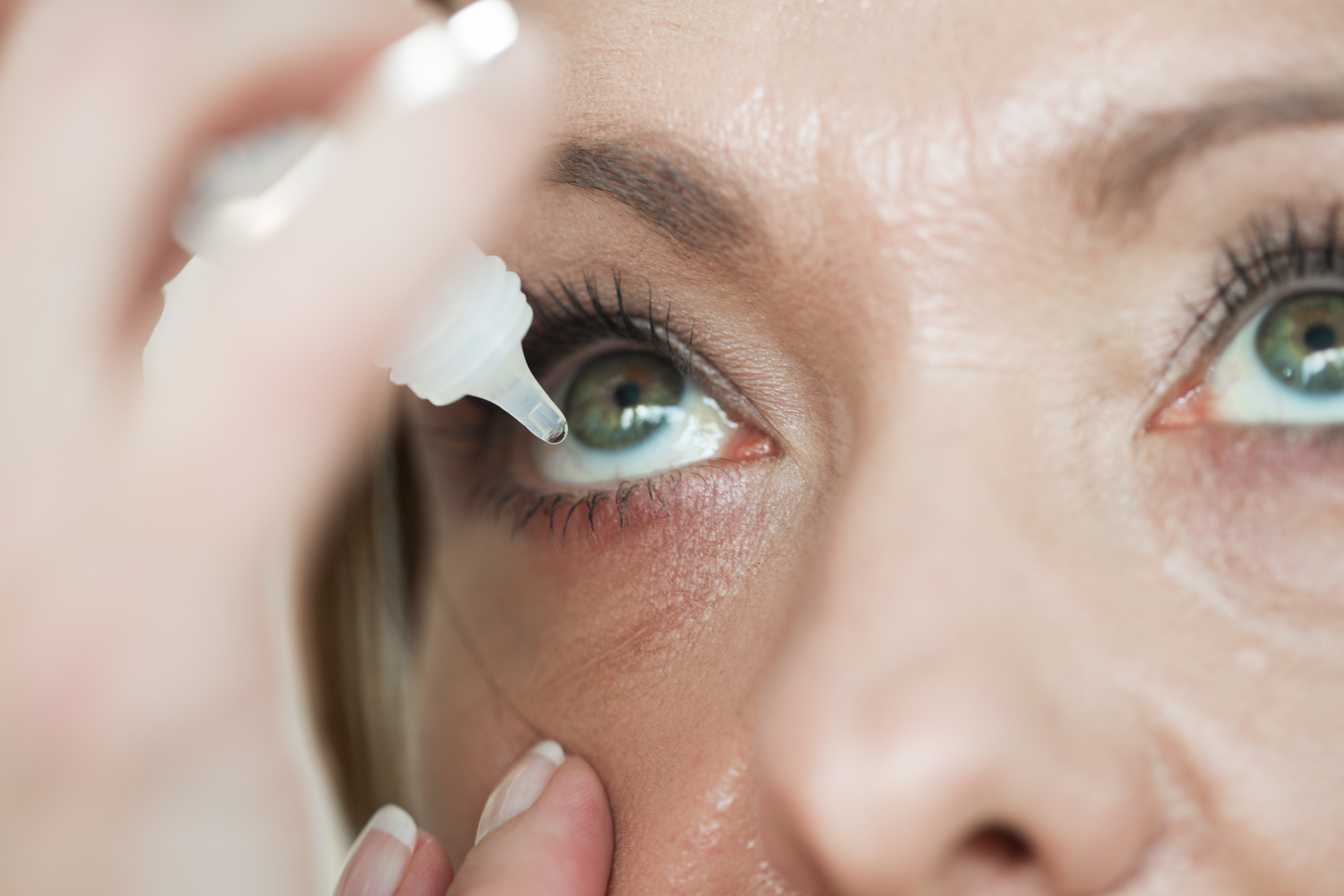All Categories
Featured
Recognizing common eye problems and exactly how to stop them is crucial for maintaining eye wellness throughout life. In this blog, we'll talk about some of the most typical eye problems and use tips on how to safeguard your vision.
- Dry Eyes:
Dry eye syndrome happens when your eyes do not create enough rips or the appropriate high quality of tears to maintain them oiled. Signs consist of a stinging, shedding experience, or the sensation of something being stuck in your eye. Environmental aspects like air conditioning, smoke, and lengthy hours of looking at a computer display can worsen this condition.

Prevention:
Blink regularly when utilizing electronic tools to guarantee your eyes stay wet. Usage synthetic rips if required. Try a humidifier in dry settings. Keep moistened and shield your eyes from wind and smoke. 2. Cataracts:
A cataract is the clouding of the lens in your eye, which can trigger fuzzy vision, difficulty seeing during the night, and light sensitivity. It commonly happens as component of the natural aging process, but specific elements such as UV direct exposure, smoking cigarettes, and diabetic issues can increase the threat.
Prevention:
Wear UV-blocking sunglasses when outdoors. Stop smoking cigarettes and manage diabetes mellitus to decrease the danger. Eat a healthy and balanced diet regimen abundant in anti-oxidants, such as leafy greens, nuts, and fish. 3. Glaucoma:
Glaucoma is a group of eye conditions that harm the optic nerve, commonly triggered by enhanced eye pressure. It can result in irreversible vision loss if left without treatment. Because glaucoma typically develops gradually, there might be no very early symptoms, making routine eye examinations essential.
Avoidance:
Get normal eye appointments to keep track of eye pressure. Adhere to recommended treatments if detected with glaucoma. Workout routinely to improve blood circulation and minimize eye pressure. 4. Age-Related Macular Deterioration (AMD):
AMD impacts the macula, the part of the retina accountable for sharp central vision. This problem can lead to vision loss, especially in older adults. Early indicators consist of trouble checking out or seeing faces clearly.
Prevention:
Shield your eyes from UV light by putting on sunglasses. Preserve a healthy and balanced diet abundant in vitamins C and E, zinc, and omega-3 fats. Avoid smoking, which can increase AMD development. 5. Conjunctivitis (Pink Eye):
Conjunctivitis is the swelling of the slim tissue covering the white component of the eye, typically triggered by microbial or viral infections. Signs and symptoms include inflammation, itching, and watery discharge from the eyes.
Prevention:
Clean your hands often and avoid touching your eyes. Prevent sharing personal items like towels or makeup. Steer clear of from contaminated individuals to prevent the spread. 6. Refractive Mistakes (Near-Sightedness, Far-Sightedness, Astigmatism):
Refractive errors happen when the form of the eye protects against light from focusing properly on the retina. Signs and symptoms include blurry vision at various ranges, depending on the kind of refractive error.
Prevention:
Routinely visit an ophthalmologist for eye examinations. If needed, use restorative lenses such as glasses or get in touch with lenses. Exercise good eye health to prevent stressing your eyes. Final Thought:
Maintaining eye wellness requires a combination of preventive steps and normal eye examinations. By knowing typical eye issues and following basic suggestions for prevention, you can keep your eyes in good problem and ensure optimum vision for years to come. Bear in mind, it's never ever as well early to start caring for your eyes, so take action today!
Latest Posts
Reputable Expenses Door Solutions for Houses and Organizations
Discover Oil Changes & More: Complete Auto Care Solutions from Montclare Auto Repair
How Regular Auto Maintenance at Montclare Auto Repair Reduces Costs
More
Latest Posts
Reputable Expenses Door Solutions for Houses and Organizations
Discover Oil Changes & More: Complete Auto Care Solutions from Montclare Auto Repair
How Regular Auto Maintenance at Montclare Auto Repair Reduces Costs